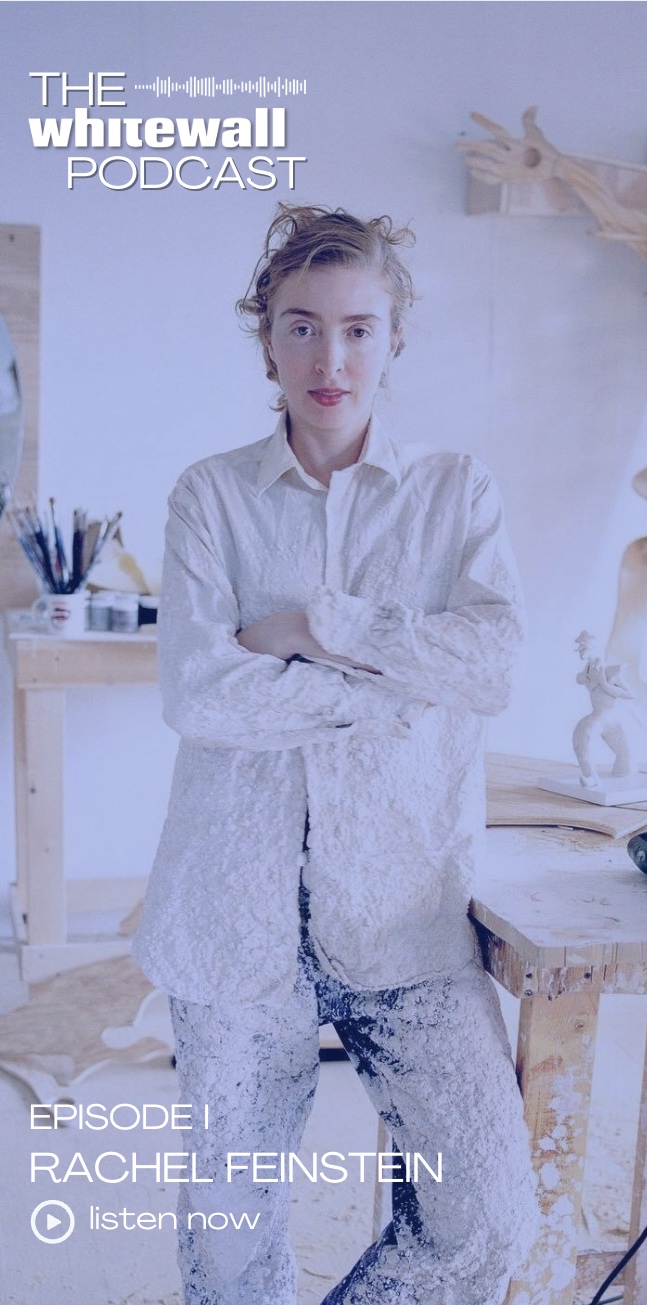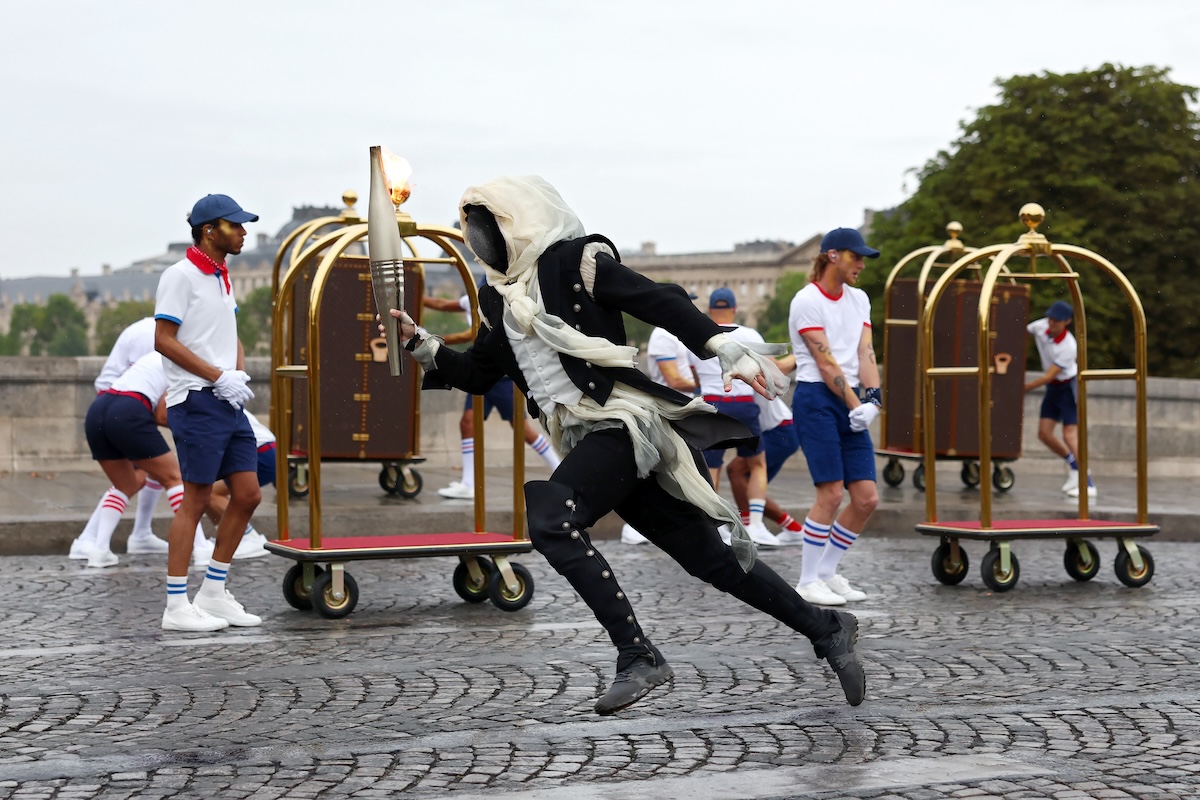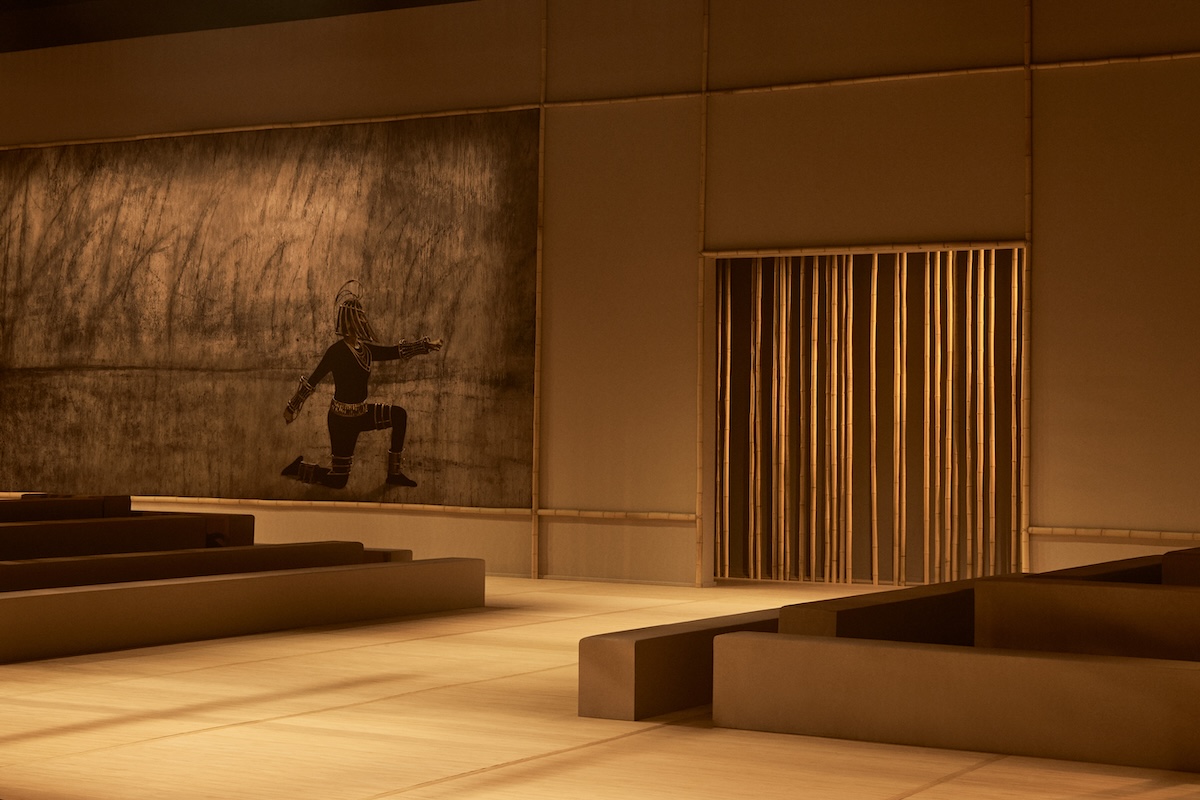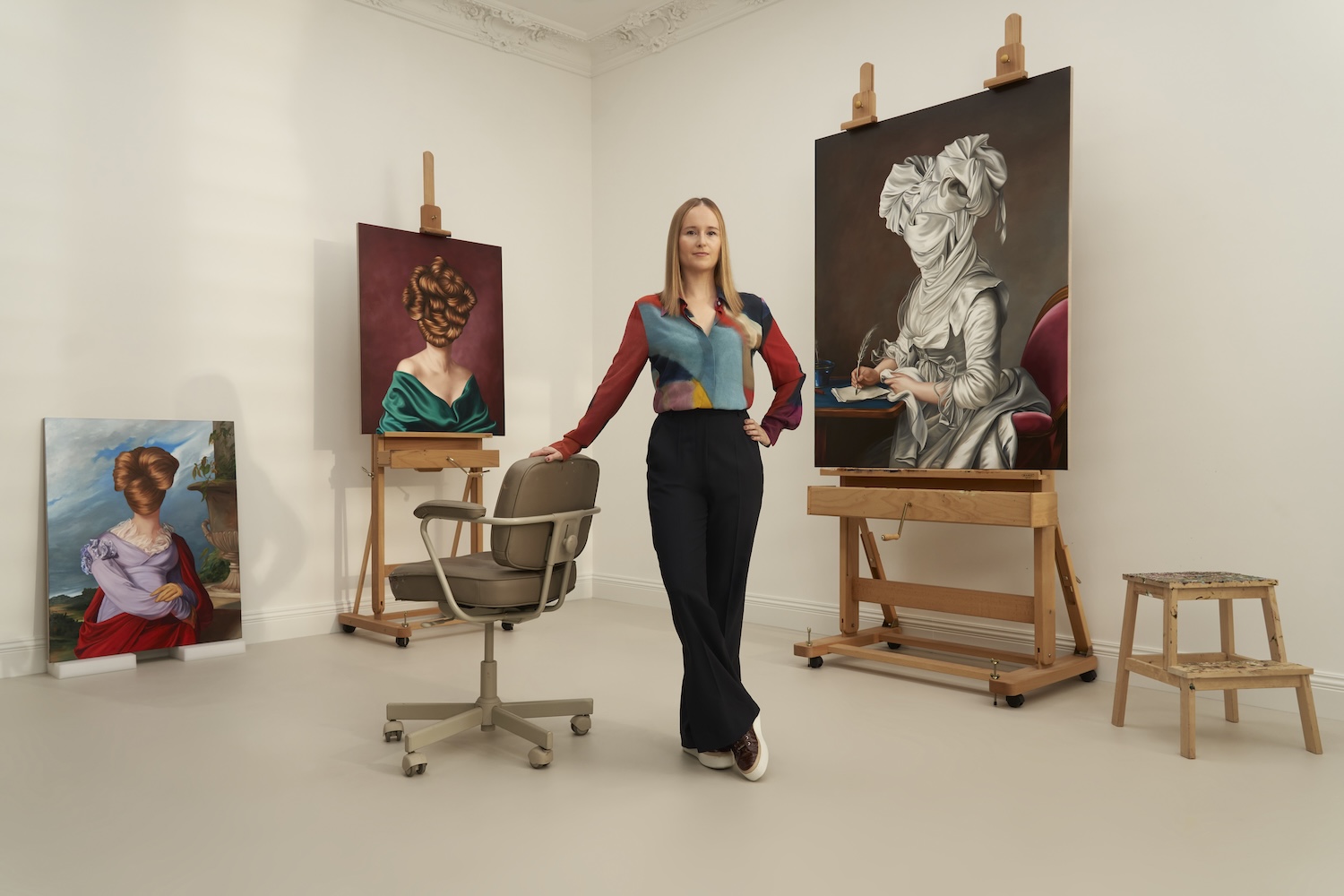Every week “In the Mag” brings you an excerpt from an article in Whitewall’s current print issue. Today we bring you part of our conversation with the design team of brothers Fernando and Humberto Campana. You can see the full feature in our winter 2013 Luxury Issue HERE.
——
When Whitewall first spoke with the design duo of Fernando and Humberto Campana, usually referred to as the Campana brothers, we were at Design Miami/. They had been named Designers of the Year by the fair and were lauded for their socially conscious and eco-friendly approach to design. They became famous for creating furniture with materials not typically used in the industry: stuffed animals, scrap wood, rope, wire, felt, and more otherwise-discarded stuff.
Lately, their socially conscious drive has pushed them beyond São Paulo into collaborating with artisans internationally who work in bronze, lacquer, bamboo, and glass. In September the Campana brothers were in Paris for the opening of the exhibition “Barroco Rococó” (their elaborate bronze collection) at the Musée les Arts Décoratifs. That same month two suites they designed debuted at Hotel Lutetia. In October Humberto Campana was in China to launching the second Campana’s polo collection for Lacoste. This winter, the travel object “Maracatu” they designed for Louis Vuitton will debut.
Humberto and Fernando spoke to us by phone about their process, the city of Sao Paolo, and how design has changed them.
WHITEWALL: Growing up in Brazil, what was your idea of design?
FERNANDO CAMPANA: We grew up in the countryside. We were 300 kilometers from São Paulo. It used to take five hours to get here. And there was a train to get to São Paulo. And the train was four hours. There was a movie theater there. And that was our window to the world, to civilization, to modernity. Because the owner of this theater was a lawyer and he was Italian. And he brought us to the city, and the Italian galleries. I saw 2001: A Space Odyssey in 1968 and when I got out of the movie I went to the backyard of our house and started producing the ship. That was an exercise to translate the movies to our backyard in the most raw way.
HUMBERTO CAMPANA: I never was familiar with design. I come from a family that is bourgeois, that always had that heritage from my grandparents’ old furniture. But I wasn’t interested. I studied law for five years, then when I gave up I wanted to be a sculptor. I really wanted to work with my hands. And then little by little my brother came to give me a helping hand. He started giving functionality to my sculptures. And more and more the functionality started to approach design, but not the way the modernists were designing here in Brazil. I wanted to create a new language.
So I started looking at things we had already in the market because of necessity. Most of the time I didn’t have money to invest in sophisticated tools. So I started to create a kind of bridge between craft and design. What is important is to translate the universe where I live.
WW: Fernando, you were an architect when your brother came to you and said he wanted to make design.
FC: That was all so funny. I was graduating in 1983 and interning in the biennial of São Paulo. When I finished the internship in December. I did not have a job. So Humberto lent me a helping hand on delivering for Christmas. That was temporary. Little by little I started giving my ideas to him, giving tips or opinions, and starting the transforming the structure of the work into functional objects. And that was very generous. Suddenly we were partners, and that was fantastic.
WW: What was the first functional object you did together?
HC: The first functional object we made together was our Vermelha chair, the rope chair. That is what started to put us in the market. Especially in Milan, in Italy, when the company Edra started to produce the chair that was kind of impossible to produce in a serious industrial process.
WW: Are you both attracted to the same kinds of materials?
FC: We are completely different. He loves to do the hands-on design. I am more art direction. I like to see the project transform, to give concepts to the project.
HC: Well, the materials I think are very important to our work. Sometimes they bring the functionality and the final shape. One aspect of our work is that it collects elements that ore often rejected, and we try to give nobility to them. We want to see the objects that are kind of refused by other designers. So those things interest us a lot.
What I think is important is to know the limits of the materials. I have a passion for materials, all kinds. I don’t know why, but all our ideas seem to come from the material. But it’s not something very casual, there’s a kind of rationality to work with them. I kind of have a relationship with it for six months, one month, until I know what I want to do and what it can afford to me.











